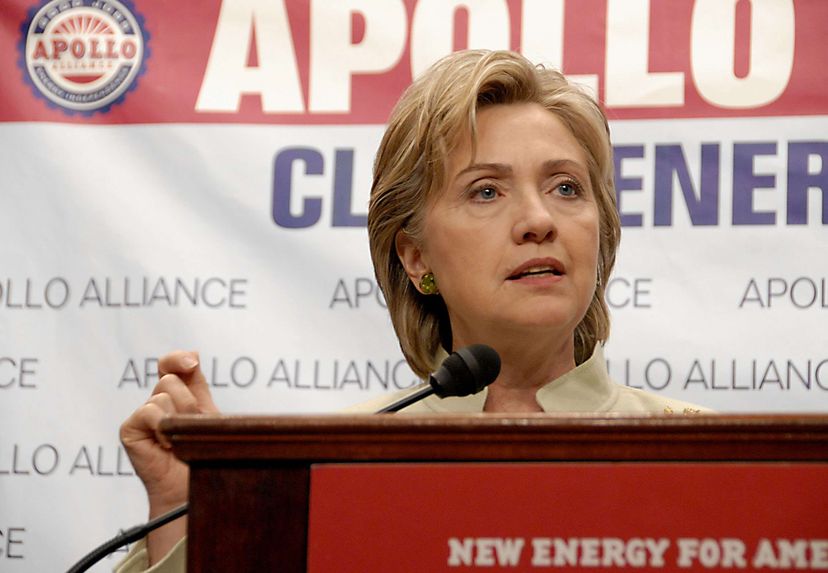
While television ads still dominate campaign communications, candidates are increasingly using new technology tools such as Web sites, blogs and automated calling to reach voters.
In the 2006 election cycle, 18 percent of Americans got most of their political information from the Internet, more than double the number from the previous mid-term elections in 2002. As for voters under 36 years old, 35 percent said they relied on the Internet more than any other media for campaign information in 2006 [source: Pew Internet & American Life Project]. In politics, image-shaping and media management are the main jobs of campaign communications
Advertisement
These communication tools helps candidates craft an image, which is everything in American politics, according to Stanford University’s Political Communications Lab, which studies how public opinion and political behavior are related. Political campaigns aren’t won through mastery of the issues, but through skillful management of the media.
The most powerful medium for campaign communications continues to be television. In the 2006 mid-term elections, 69 percent of Americans got the majority of their political information by watching TV [source: Pew Internet & American Life Project]. Politicians continue to spend millions of dollars on political TV ads to bolster their image or attack their opponents' credibility. Political ads are not only effective, but also have the potential to become their own news stories, garnering free coverage from broadcast and print journalists [source: Stanford University].
The rise of the Internet as a powerful medium for campaign communications points to the increasing political importance of the Net Generation. The Net Generation is a term for voters between the ages of 18 and 27 who grew up with e-mail accounts, instant messaging buddies, cell phones and Google. Their world is seeped in technology, and they expect the same from campaign communications.
In a 2007 survey, the Pew Internet & American Life Project found that a growing percentage of Americans are no longer satisfied with passively gathering political information online. Instead, they want to use Web 2.0 tools -- blogs, video and social networks -- to seek out diverse opinions, create their own political content and share it with others [source: Pew Internet & American Life Project].
And, politicians are listening. They’re not just hiring press secretaries to handle campaign communications, but also directors of online communication and directors of e-strategy [source: the Online NewsHour].
In the first quarter of 2007 alone, presidential hopefuls as a group spent $2.5 million on Internet services, including staff and technology [source: the Online NewsHour]. That’s nothing compared with TV -- candidates are expected to spend $2 billion to $3 billion in the 2008 elections on TV ads [source: msnbc]. But, the return on investment with the Internet is impressive. With $2.5 million in Internet spending, candidates have already earned $25 million to $30 million in online fund raising [source: the Online NewsHour].
Web conferencing and teleconferencing have also become popular high-tech tools for communicating “personally” with voters. Online town halls and tele-town halls offer a candidate the opportunity to talk directly to targeted voter demographics (like specific counties in an early primary state) and answer their questions live via phone, e-mail or online message boards.
In this HowStuffWorks article, we’ll explore advances in campaign communications technology. We’ll start with campaign Web sites and features like blogs, social networks, video and electronic notifications. Then we’ll discuss how “robo-calling” and teleconferencing technology work in campaigns.
Advertisement



